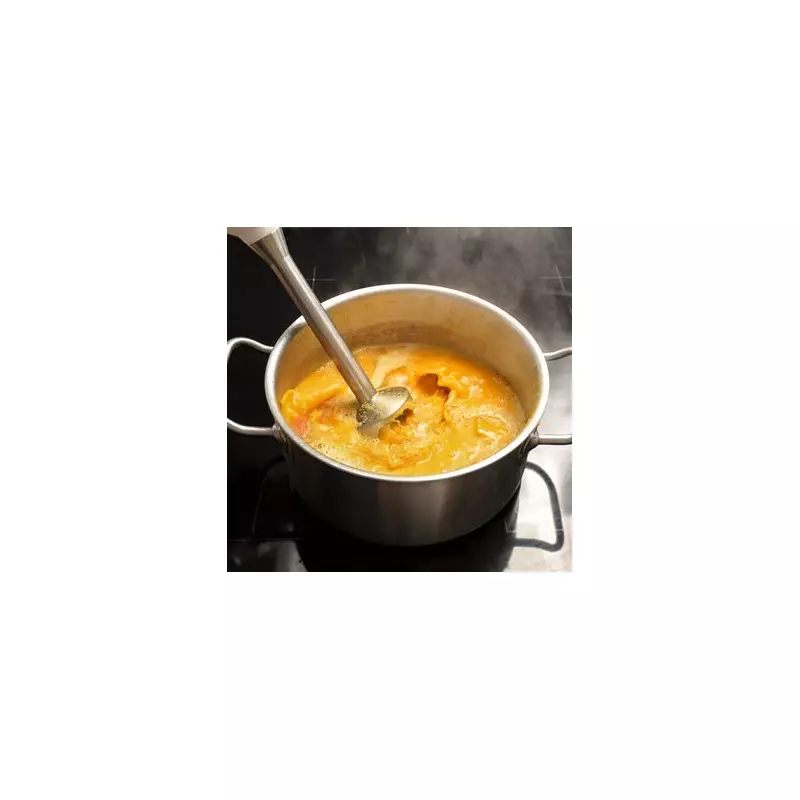
There's nothing quite as disappointing as a watery, thin soup that lacks body and substance. Fortunately, transforming your soups from bland to beautiful doesn't require culinary school training - just a few clever kitchen tricks that professional chefs swear by.
The Potato Power Method
One of the simplest ways to naturally thicken your soup involves an ingredient you probably already have in your pantry: potatoes. Adding diced potatoes or potato flakes during cooking creates a wonderfully creamy texture as the starches break down. The potato absorbs excess liquid while contributing a neutral flavour that won't overpower your other ingredients.
Create a Cornflour Miracle
For those seeking immediate results, cornflour remains the go-to solution for British home cooks. Mix one tablespoon of cornflour with two tablespoons of cold water until smooth, then stir this slurry into your simmering soup. Within minutes, you'll notice your soup transforming into a luxuriously thick consistency perfect for chilly evenings.
The Blending Technique
Don't underestimate the power of your blender or immersion stick. Removing a portion of your cooked vegetables and pulses, blending them until smooth, then returning them to the pot creates instant body and creaminess without altering the flavour profile. This method works particularly well with lentil, vegetable, or bean-based soups.
Flour and Butter: The Classic Roux
For cream-based soups, the traditional French roux provides unparalleled richness. Melt equal parts butter and flour in a pan, cook for two minutes until golden, then gradually whisk in your soup liquid. This technique not only thickens but adds a delightful nutty flavour that elevates any recipe.
Bread - The Surprising Thickener
Stale bread might seem destined for the bin, but it's actually a secret weapon for thickening soups. Adding a few slices of crustless bread during the final minutes of cooking, then blending them in, creates incredible body while reducing food waste - a win-win for your palate and the planet.
Cream and Yoghurt Options
For those special occasion soups, double cream, crème fraîche, or Greek yoghurt can add both thickness and tangy complexity. Remember to add dairy products at the end of cooking and avoid boiling afterward to prevent curdling. Stir gently over low heat for restaurant-quality results.
With these six techniques at your disposal, you can confidently rescue any soup and turn it into a comforting, substantial meal that will have your family requesting second helpings. The perfect bowl of soup is now well within your reach.





